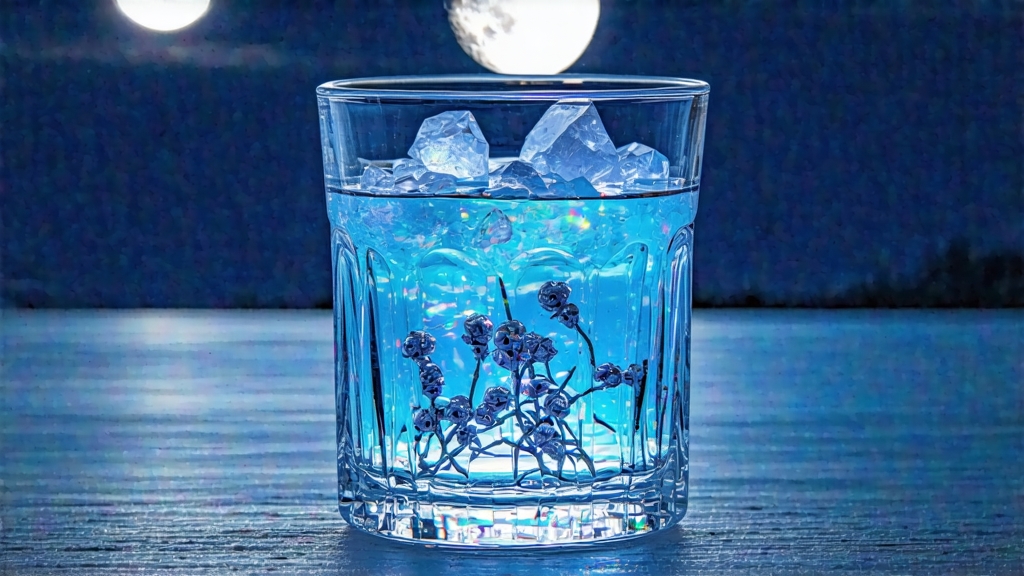
If green tea is the bright youth of Chinese tea culture and pu-erh its brooding philosopher, then white tea is the culture’s quiet poet, composing verses in the hush of moonlit courtyards. Among white teas, none is more elusive, more moon-kissed, than Bai Hao Yin Zhen—literally “White Down Silver Needle.” To the uninitiated it looks like a handful of dormant twigs; to the initiated it is liquid starlight, a sip that carries the cool air of early spring in Fujian and the hush of pine forests still breathing out night mist.
-
A History Written in Frost
Bai Hao Yin Zhen was first recorded during the Song dynasty (960-1279), but it remained an imperial eccentricity until the late Qing, when European tea brokers in Fuzhou began describing it as “silver needles” because the dried buds resemble miniature acupuncture pins. For centuries the tea was tribute-only; commoners drank shou mei while empresses floated these buds in porcelain bowls thin enough to read through. When the last emperor left the Forbidden City in 1912, the tea vanished from palace ledgers and re-appeared on the wharves of Hong Kong, where it was re-named “Silver Tip Pekoe” and auctioned beside crates of opium and spices. Thus a beverage once cloistered within vermilion walls began its slow migration into the cups of global connoisseurs. -
Geography: Where the Mountain Breathes into the Sea
Authentic Yin Zhen is born in the narrow terroir between northern Fujian’s Wuyi foothills and the East China Sea. The micro-climate is a marriage of two lovers: mineral-rich red granite soil and a maritime fog that arrives each night like a silk scarf. In Fuding and Zhenghe counties the average annual humidity hovers at 78 %, ideal for the slow withering that defines white tea. Locals say the tea absorbs “three mists and one sun”: dawn mist, mountain mist, sea mist, and a timid afternoon sun that never scorches. Attempts to transplant the cultivar to Yunnan or India have produced larger buds but thinner aroma, proving that Yin Zhen is less a plant than a conversation between earth and weather. -
Cultivar: The Two Sisters
Only two bush varieties are sanctioned for true Silver Needle: Fuding Da Bai (“Big White”) and Zhenghe Da Bai. The Fuding strain yields fatter buds with a downy mantle that looks like frost on a peach. The Zhenghe strain produces slimmer, more aromatic buds that steep into a slightly darker liquor. While both share the same chlorophyll-deficient tips, the Fuding version is sweeter, reminiscent of honeydew skin; the Zhenghe version is more floral, evoking night-blooming nicotiana. Blending is taboo among traditionalists, who compare it to mixing two single-malt whiskies. -
Plucking: A Race Against the Sun
Harvest occurs during a five-day window in late March, when the bud is exactly 2.5–3 cm long and has not yet unfurled into a leaf. Pickers work barefoot to feel the dew; shoes are believed to bruise the bud’s aura. Each pluck is a reverse pinch—thumb beneath, index finger above—so the bud drops upward into the bamboo basket, preventing compression. A seasoned picker gathers barely 500 g of fresh buds in a dawn, translating to 100 g after drying. The work is meditation: 8,000 buds per liang (50 g), each bud inspected for purple tips (too woody) or rain damage (too earthy). -
Withering: The Art of Doing Nothing
Unlike green tea, Silver Needle is never pan-fired. Instead the buds are laid on reed trays stacked like bunk beds in a ventilated loft. For 36–48 hours they lose moisture while enzymes gently oxidize the edges, creating a champagne-colored liquor. Masters gauge readiness by ear: when a bud snapped between fingernails emits a sound like fresh celery, withering is complete. The final moisture must read 5 %—one percentage point higher invites mold; one lower kills the living enzymes that will continue aging in the cake. -
Drying: A Whisper of Charcoal
The traditional finish is a charcoal basket set at 40 °C, using longan-wood embers that impart zero smoke. Modern facilities employ electric ovens at 50 °C for consistency, but connoisse